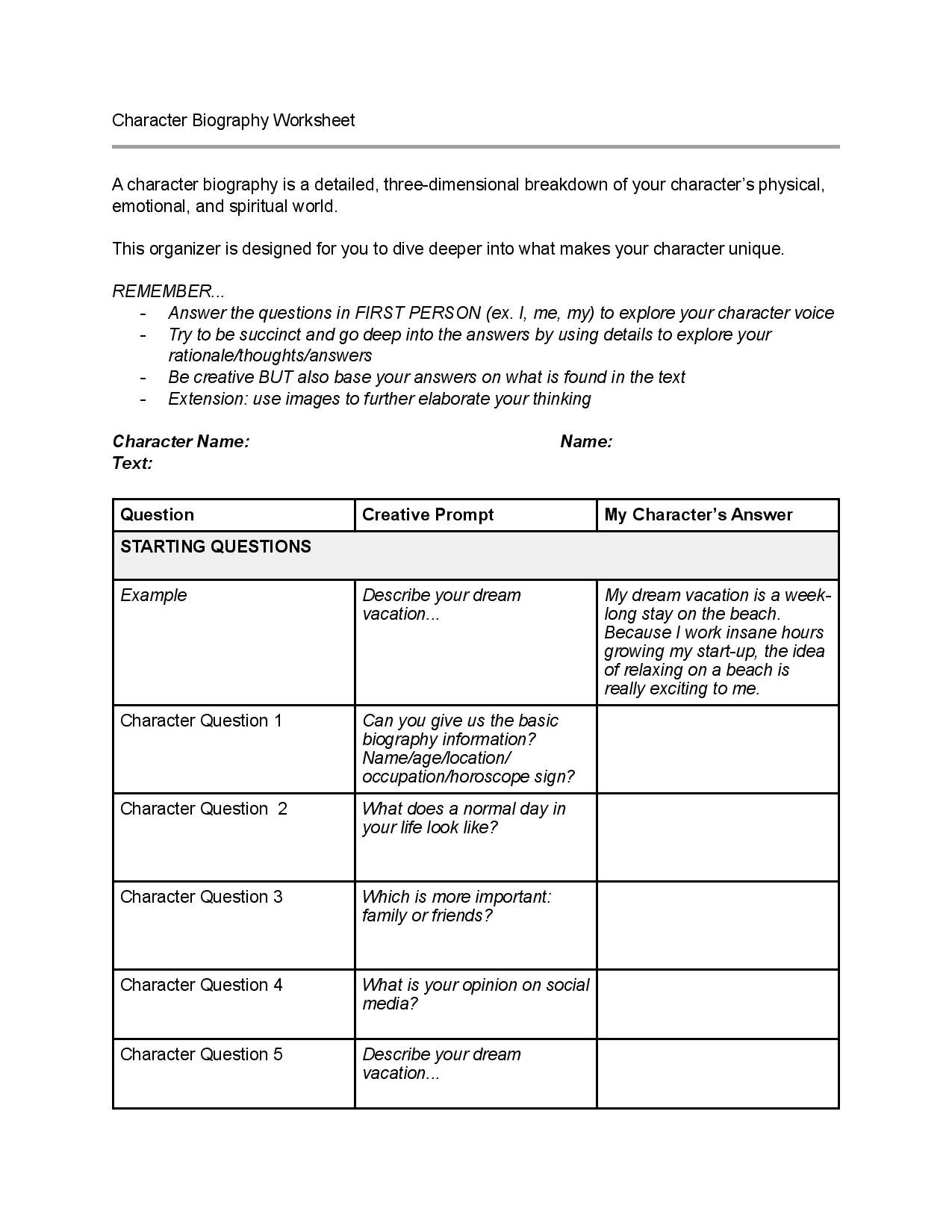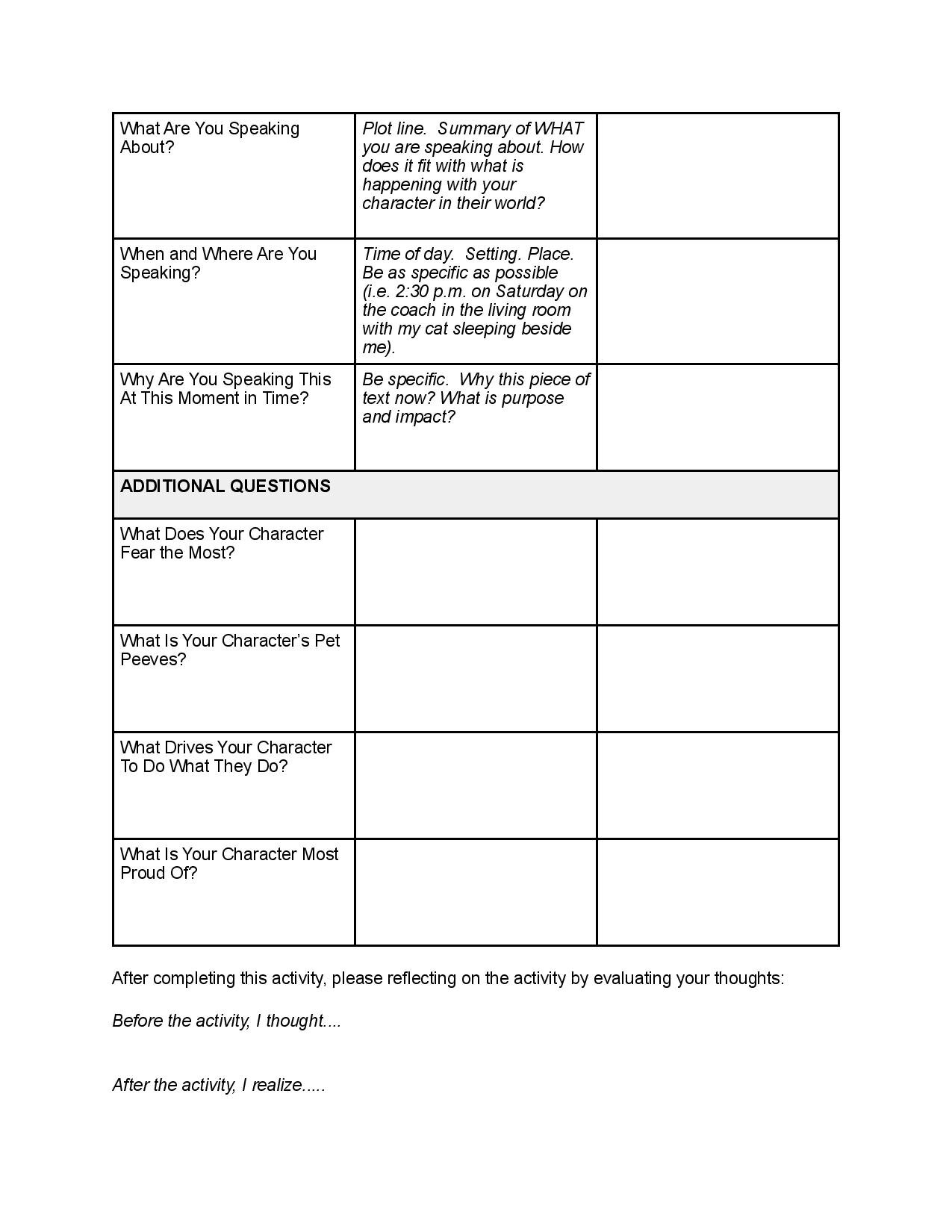Recently my colleagues and I had a digital check-in over Google Meet. None of us had used the software before, so we spent the beginning of time together testing out the features of the software and having a laugh.
Through digital means, we were able to connect with one another, which is so important as the world’s landscape continues to change.
In the article, ‘Social Distancing’ is a Misnomer: We Should Be Physically Distancing, But Remain As Social As Ever,Margaret Eaton states:
The implication of the phrase “social distancing” is that we should be putting space between us socially — but we only need to be distancing ourselves physically. In other words, we should be social and participating in the community at large — just so long as it doesn’t require physical proximity.
Regardless on how you feel on the physical vs. social language debate, this fact remains unchanged:
Indeed, what people need most right now is social connection, because real connection is essential to our mental health.
Thinking about staff and team wellness, how are you facilitating those very important check-ins and encouraging collaboration? Is it through digital conferencing? Phone calls? Instant messaging?
Our challenge as leaders is to think about what our teams would appreciate most with the check-ins. Does the digital conference help your colleague’s wellness or cause more anxiety due to at home demands?
During these unpredictable times, it’s more important now than ever to practice inclusive leadership, tailoring your work activities to model work routines that support wellness while meeting your company’s needs.
Here are some strategies for modelling wellness with your teams:
Ask for input. Complete a start, stop, continue to see what’s working and what could be tweaked.
Provide multiple opportunities, formats and platforms for people to contribute to the conversation.
Don’t ask people to make a decision on the spot. Guiding questions, agendas, and goals can help people process information so the decision is what is best for the team.
Be creative. Now is the time to try something new. The performing arts industry has turned to streaming and live classes to keep engaging audiences. How can you take a collaboration activity that has worked in the past for your team and adapt it for our new working realities?
Find laughter in the moments when they present themselves.
In the article, That Discomfort You’re Feeling is Grief, David Kessler works through some strategies to help people deal with the grieving process of work before distancing practices. At the end of the day, we are in a new world and need to identify how we are feeling and co-construct our new realities in order to move forward with a mindset of wellness.
Remember, with all of the changes in the world, three things remain the same:
Humans need to connect
Leadership is about serving others so they can achieve what is necessary to achieve
Laughter is essential
Leaders, I wish you and your teams wellness in all aspects of the word as we all move forward into the unknown.







